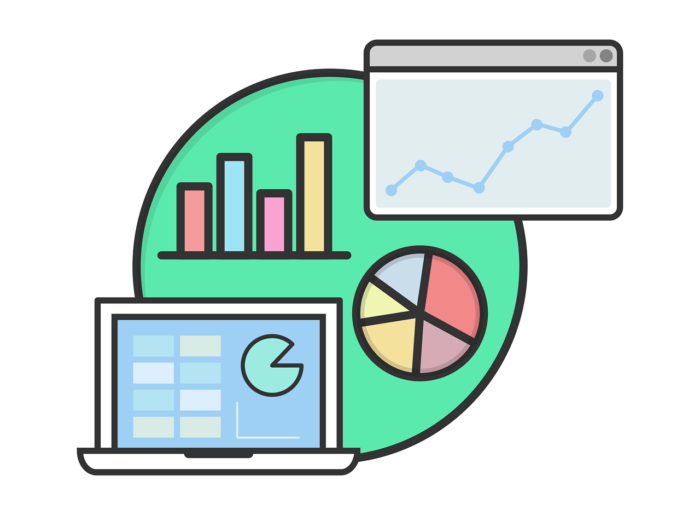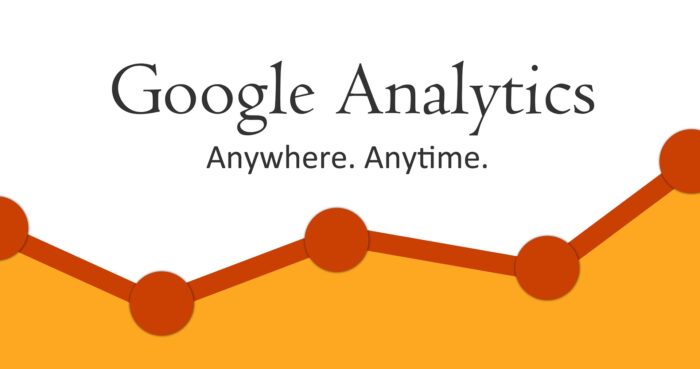The goal of any marketing communication is to advance the messaging of the brand. Easier said than done, however, as it can be very difficult to measure whether goals are being achieved. That’s where benchmarking systems like Google Analytics’ Smart Goals come in.
This article will cover:
- Why you should use it?
- How to decide which goals to measure.
- How to use Smart Goals and manual goal-setting.
- What crucial limitations does it have in GA (and some alternatives)?
So let’s go over the basics:
The Advantages of Smart Goals
Smart Goals are a system whereby Google analyzes the sessions on your site that report the highest engagement and automatically turns them into “goals”. These apply even if you don’t have conversion tracking or any form of eCommerce performance analytics. As one might imagine, it really comes in handy if you’re an eCommerce merchant or digital business.
With the aid of machine learning and complex algorithms, Google Analytics scans a portion of the signal to and from your website to determine which ones have the highest potential for conversion. It assigns these goals a score, allowing users insight into visitors’ session duration, pages per session, location, device, and browser type.
So, how can google ads help you advance your business goals with the help of Smart Goals? Goal-setting, as a benchmark tool, puts all of these numbers in context and directs them properly. The analytics system can help identify the areas where your campaigns are strongest and provide suggestions for improvement.
How to Determine Goals for Marketing Campaigns

More broadly, you might be wondering how to decide which goals to pursue. After all, it is important to know precisely how to aim your campaign. There are many ways to set goals, but there are 4 necessary steps to the process: Analyze existing processes to find areas of improvement, determine which metrics are necessary for success, quantify them, and evaluate the success of any changes implemented.
Each step moves the goal from general to specific. Here’s an example:
- Problem: need to gain more B2B clients
- Analysis: while the website has above-average visitors, they are not converting to clients at a fast enough rate. Further analysis indicates visitors are not the desired target group
- Metric determined and quantified: raise conversion rate by 20% to optimize marketing ROA
- Strategy applied: Improve UX, offer discounts, add case studies to attract clients, switch to direct marketing to focus on precise targeting, improve SEO, and add an email subscription box
- Results: 18% increase in lead conversions. To match target numbers, additional changes may be necessary. Return to analysis and start the process over again
The effectiveness of your objectives is only as good as how you measure them and the Goals system on Google Analytics is a crucial part of the measurement process.
How to Set Smart Goals on Google Analytics
There are 2 broad types of goals on GA: goals and smart goals. The difference is that smart goals are automatic but also limited. The other types of goals are manual and you can set up 20 of them to measure different metrics.
First, a few prerequisites for the automatic goals. To use Smart Goals, you need:
- To link your Analytics and Google Ads accounts.
- The ad accounts also need to send enough traffic to your website for a proper analysis. Clicks on Google Ads should cover over 500 Analytics sessions within the past month before Smart Goals are available. When an account falls under 250 sessions in that time period for the selected view, Smart Goals will disable. This is only until there are 500 or more sessions available for monitoring.
- Similarly, there is an upper limit for the reporting view. It must not receive more than 10 million sessions in 30 days.
- You also need to enable Google Analytics Data Sharing setting in Google products and services.
Aside from Smart Goals, there is also a range of other manual goals you can set. Here’s a list of which goals are available in google analytics:
| Goal Type | Description | Example |
|---|---|---|
| Destination | User accesses a specific page or location on the website | Thank you for registering! web page or app screen |
| Duration | Sessions that last a specific amount of time or longer | 10 minutes or longer spent on a support site |
| Pages/Screens per session | A user views a specific number of pages or screens | 5 pages or screens have been loaded |
| Event | An action is defined as an Event that gets triggered | Social recommendation, video play, ad click |
One very useful feature of these goals is that you can attach a monetary value to each conversion. This way you can add monetary calculations to things like views and video plays or advertising ROI. Google Analytics goal destinations can also keep track of visits to various areas to gauge interest, especially for informational pages.
Limitations & Alternative/Complementary Digital Services

While Google Analytics is essential to every marketing effort, it has its limitations.
- Smart Goals can not be configured or customized.
- Smart Goals are limited to one per view.
- They can use up 1 of the 20 available goal slots.
- The system cannot be used for mobile app views.
- They also have limitations for views that receive more than 1 million hits per day.
- Smart Goals do not support View-Through Conversions (VTCs) or cross-device conversions in Google Ads.
So, what data are Google Analytics goals unable to track? Anything outside of session duration, pages per session, location, device, and browser type as of our last check. This leaves out some crucial reference points like bounce rates, specific on-page actions, and much more.
Furthermore, while GA is very good for measuring internal stats, we recommend using SEMrush or Ahrefs for external analyses of things like views and bounce rates. To produce benchmarks that are reflective of comparative statistics, these other programs can be better for competitor analyses.
If you’re looking for marketing analytics services or marketing analytics consulting, you’re in the right place. Promoguy provides both and a whole host of other digital marketing services. Click here to learn more.


